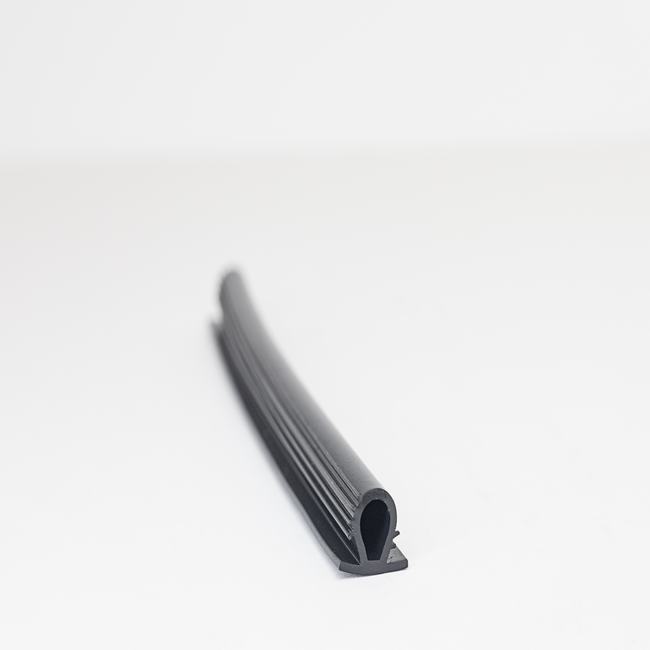A “dilatation seal” typically refers to a sealing mechanism or device designed to accommodate or account for the expansion and contraction of materials due to changes in temperature, pressure, or other environmental factors. These seals are often used in various industrial and engineering applications where it is essential to prevent the leakage of fluids, gases, or other substances between different components or systems.
Here is a more detailed and comprehensive description of dilatation seals:
- Purpose and Function:
Dilatation seals, also known as expansion joints or compensators, serve the crucial function of bridging the gaps between two connected components or structures while allowing for relative movement between them. This movement can be a result of thermal expansion and contraction, vibration, seismic activity, or any other dynamic forces that can cause changes in the distance or alignment between these components. - Types of Dilatation Seals:
There are various types of dilatation seals designed to address specific application requirements, including:
- Metallic Expansion Joints: These are typically made from metal alloys and are used in high-temperature and high-pressure applications. They can absorb large axial, lateral, and angular movements.
- Rubber Expansion Joints: These are made from elastomeric materials and are well-suited for absorbing movements in less demanding applications.
- Fabric Expansion Joints: These are used in applications where insulation and noise reduction are important, and they can handle moderate movements.
- Materials and Construction:
Dilatation seals are constructed from materials that are selected based on the specific application’s requirements. Materials commonly used include stainless steel, carbon steel, rubber, PTFE (polytetrafluoroethylene), and various composite materials. The construction may involve multiple layers or plies to enhance durability and performance. - Installation:
Proper installation of dilatation seals is crucial to their effectiveness. They are typically installed between two fixed points or components, such as pipe sections, vessels, or structural elements. It’s important to ensure that the seals are correctly aligned and securely fastened to prevent leaks. - Movement Capacity:
Dilatation seals are engineered to handle various types of movements, including axial (lengthwise), lateral (sideways), and angular (rotational). The specific design and materials used in the seal determine its movement capacity. - Applications:
Dilatation seals find application in a wide range of industries and systems, including:
- Pipelines and piping systems to compensate for thermal expansion and vibration.
- HVAC (Heating, Ventilation, and Air Conditioning) systems to absorb vibrations and minimize noise.
- Industrial machinery to isolate vibrations and prevent damage.
- Bridges and buildings to accommodate seismic movements.
- Power plants, refineries, and chemical processing facilities to prevent leaks and maintain system integrity.
- Maintenance:
Regular inspection and maintenance of dilatation seals are essential to ensure their continued functionality. This may involve checking for wear and tear, inspecting fasteners, and replacing seals if necessary.
In summary, dilatation seals play a critical role in many industries and engineering applications by accommodating the movement of connected components while maintaining a leak-free and safe operation. Their design, materials, and installation methods are tailored to specific requirements, making them a versatile solution for addressing dynamic challenges in a wide range of systems and structures.





